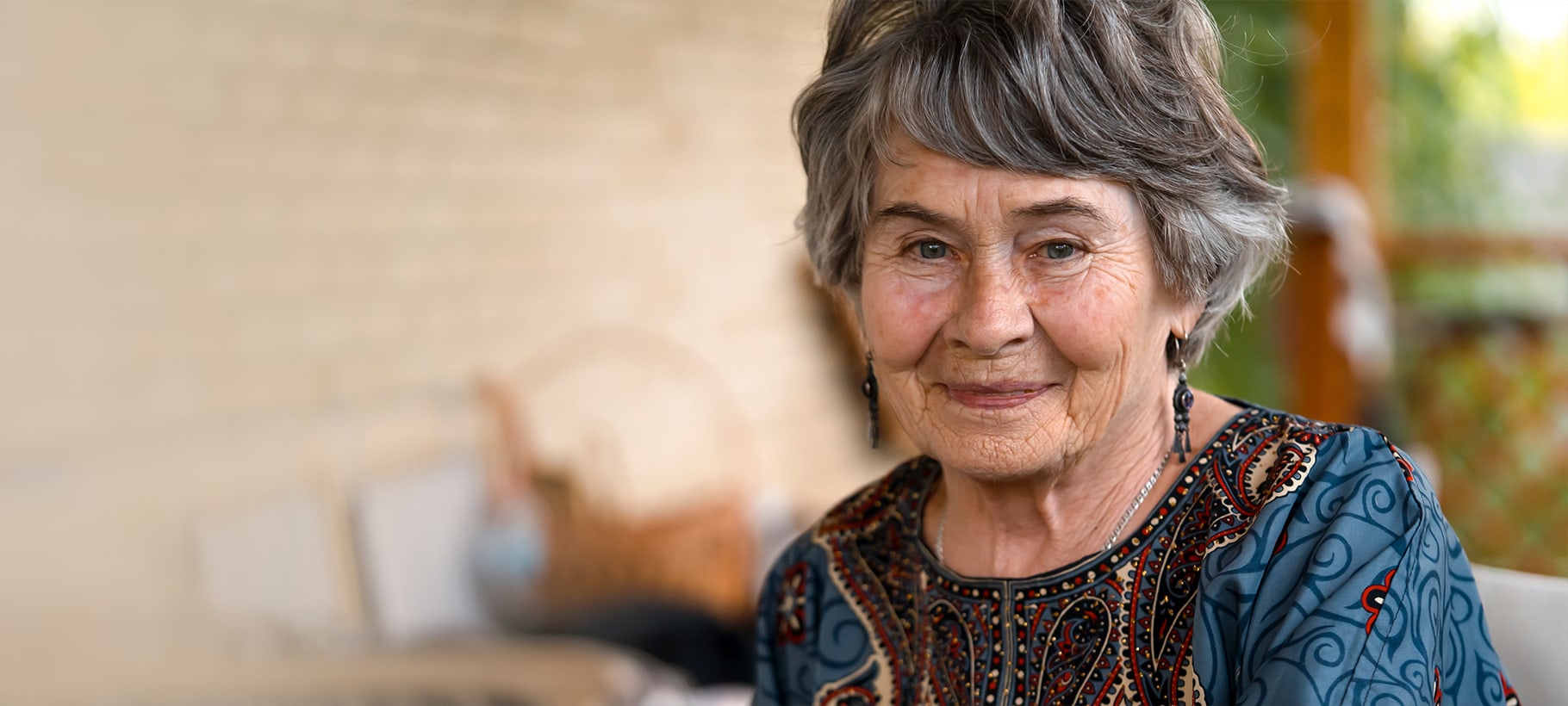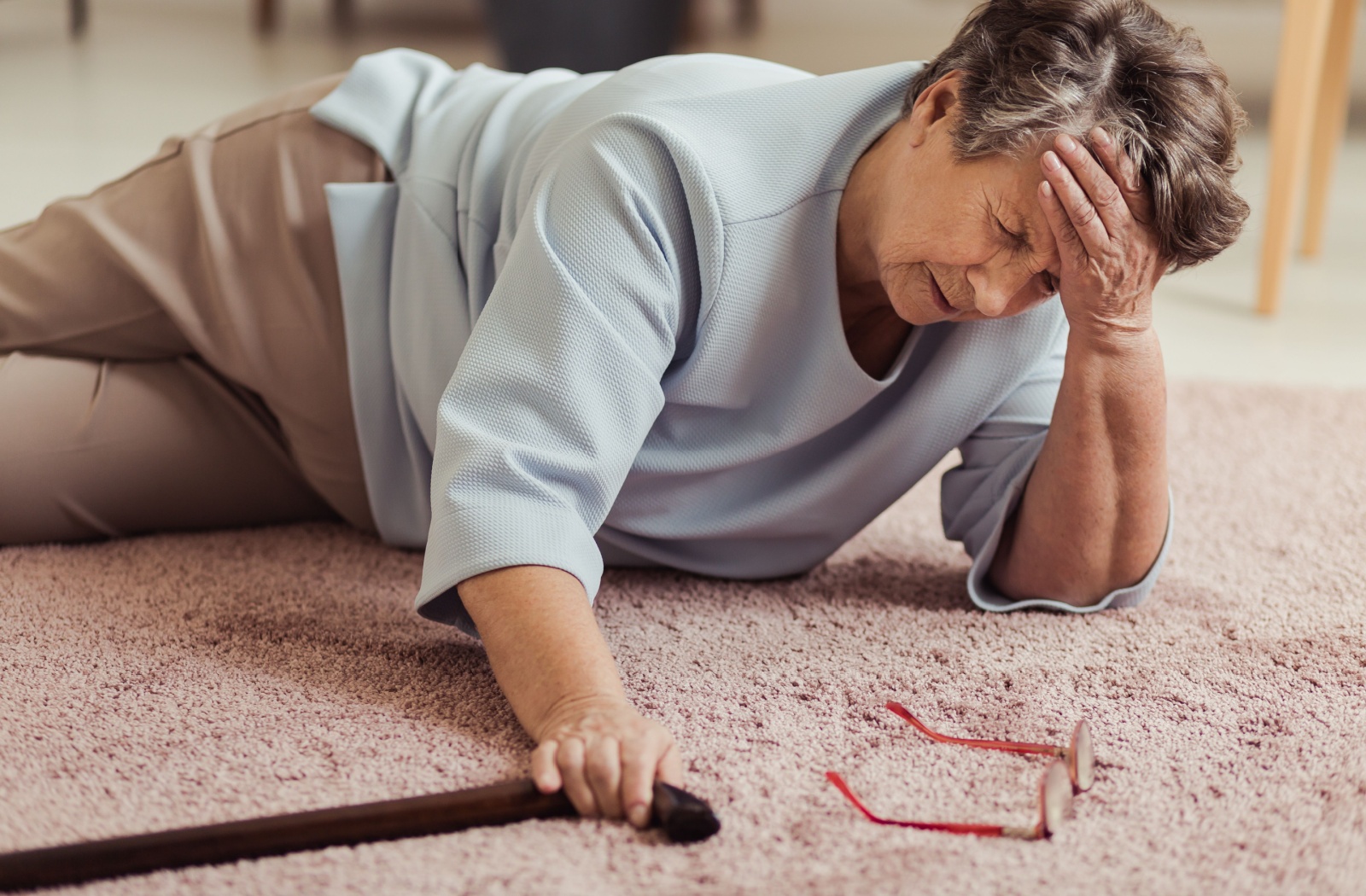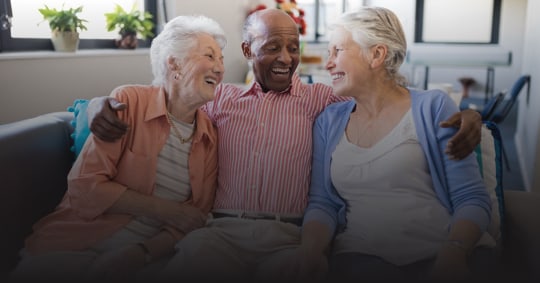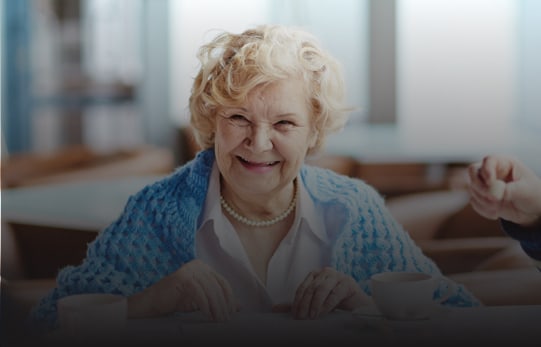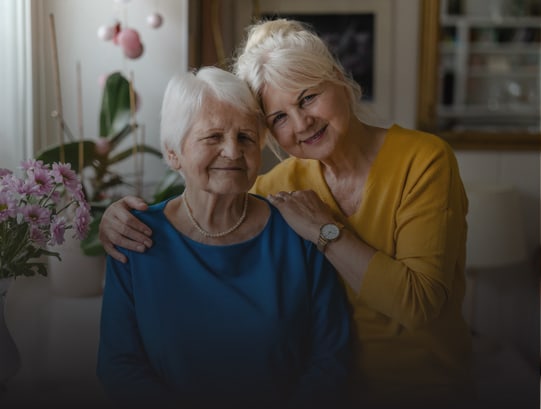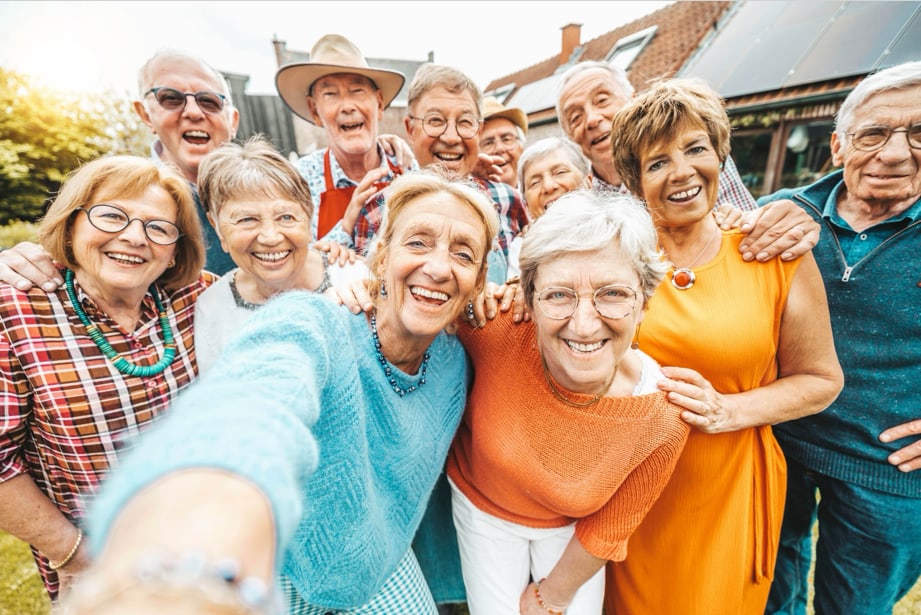Falls are a significant concern for families with aging parents, and repeated incidents can be overwhelming and frightening. Understanding the causes of falls and taking proactive steps to address them, such as making the home safer and promoting regular exercise, is crucial to improving safety. With proper support, you can help reduce the risk of falls while maintaining your parent’s independence.
Understanding Why Falls Happen
Before taking action, it’s good to understand the various factors that contribute to falls in older adults. Multiple causes often work together, creating a perfect storm of risk factors.
- Medical Conditions
- Balance disorders, vision problems, and inner ear issues can disrupt stability.
- Chronic conditions, such as diabetes, heart disease, and arthritis, can compromise mobility.
- Medications that cause dizziness or drowsiness can impair coordination and reaction time.
- Decline in Physical Strength
- Age-related loss of muscle strength, bone density, and flexibility accelerates with inactivity.
- Weak leg muscles and poor balance make it harder to recover from stumbles or navigate uneven terrain.
- Home Hazards
- Loose rugs, poor lighting, and cluttered walkways create fall risks.
- Slippery bathroom surfaces, uneven thresholds, and extension cords are common hazards in the home.
- Psychological Factors
- Fear of falling leads to reduced activity, creating a cycle of weaker muscles and poorer balance.
- Depression and cognitive changes impact attention, judgment, and confidence in mobility.
A combination of factors often causes falls, but understanding these risks can help prevent them. Addressing physical, environmental, and psychological challenges is key to improving safety and maintaining independence.
Steps to Take When a Senior Parent Keeps Falling
Taking proactive steps can help break the cycle of repeated falls and restore confidence for both you and your parent.
Schedule a Comprehensive Medical Evaluation
Preventing falls starts with taking proactive steps to address potential risks. Here are some key actions to consider:
- Start with a medical check-up: A healthcare provider can review medications, check for conditions, and assess balance and gait.
- Get regular vision & hearing tests: Sensory issues can increase the risk of falls, so these checks are crucial.
- Consider specialist referrals: Request referrals if further evaluation or treatment is needed.
Make the Home Safer
Keeping your home safe is simple. Small changes can reduce the risk of accidents. Here are key steps for a home safety assessment:
- Install grab bars: Place grab bars in bathrooms, particularly near toilets and showers, to increase stability.
- Add handrails: Put sturdy handrails on all staircases for support.
- Improve lighting: Make sure all areas, including hallways and stairs, are well-lit to prevent falls.
- Remove tripping hazards: Remove loose rugs, clutter, and wires to keep pathways clear.
- Keep pathways clear: Ensure walkways are free from obstacles and easy to navigate.
Encourage Physical Activity
Preventing falls is crucial to maintaining safety and independence, especially as we age. Regular exercise can be one way to reduce the risk of falls. Here’s how to get started:
- Focus on balance & strength: Try activities like tai chi, yoga, or exercises that improve balance and build strength.
- Start slow: Begin with simple movements and gradually increase intensity as you gain confidence.
- Consult a professional: Work with a healthcare provider or physical therapist to create a personalized plan tailored to your needs.
- Stay consistent: Make exercise a regular habit to see lasting results.
Invest in Assistive Devices & Wearables
Ensuring your loved one’s safety and mobility as they age is important. Here are some tips:
- Consult with healthcare providers: Consider using mobility aids like walkers or canes if needed.
- Use safety devices: Medical alert systems and fall detectors provide peace of mind.
- Choose proper footwear: Ensure they have supportive, non-slip shoes to reduce the risk of falls.
Foster Open Communication
Helping your parent address concerns about falling or mobility starts with creating a supportive environment. Here are some steps to guide the conversation:
- Create a safe space: Encourage open, non-judgmental discussions about their concerns. Make sure they feel heard.
- Listen actively: Understand their worries and acknowledge their feelings.
- Collaborate on solutions: Work together on practical options, such as mobility aids or home adjustments.
- Avoid overprotectiveness: Overhelping can hinder their independence and confidence.
By working together, you can help your parent feel more confident and secure in their mobility.
Support Your Parent Through the Process

Remember that addressing fall risks is a journey, not a destination. Be patient as your parent adjusts to changes and new routines. Celebrate small victories and maintain focus on preserving their dignity and independence while increasing safety.
Encourage your parent to stay socially active and engaged. Isolation can worsen depression and anxiety, which contribute to fall risk. Help them maintain connections with friends, family, and community activities that bring joy and purpose.
How Senior Living Supports Seniors with Mobility Issues
As seniors’ needs evolve, senior living communities offer a safe and supportive environment while addressing mobility and fall prevention. Here’s how professional senior living organizations like Bridge Senior Living make a difference:
- Around-the-clock support: 24-hour assistance with immediate response to emergencies.
- Expert medication management: Access to healthcare professionals specialized in age-related care.
- Physical therapy & wellness: Programs designed to maintain strength and balance.
- Safety-first environments: Thoughtfully designed spaces to reduce fall risks.
These communities provide families with peace of mind, knowing their loved ones are well cared for, while seniors enjoy independence and stay active in a supportive and engaging setting.
Keep Your Loved Ones Safe & Independent
Falls don’t have to define your parent. With proactive medical care, home safety improvements, and the proper support, you can reduce risks and help them maintain their independence and dignity.
Bridge Senior Living draws inspiration from the lives of our residents, offering authentic and meaningful experiences and programming so you can continue living the life you love with all the support you need. Contact us today to learn how our communities can support you and your family.
